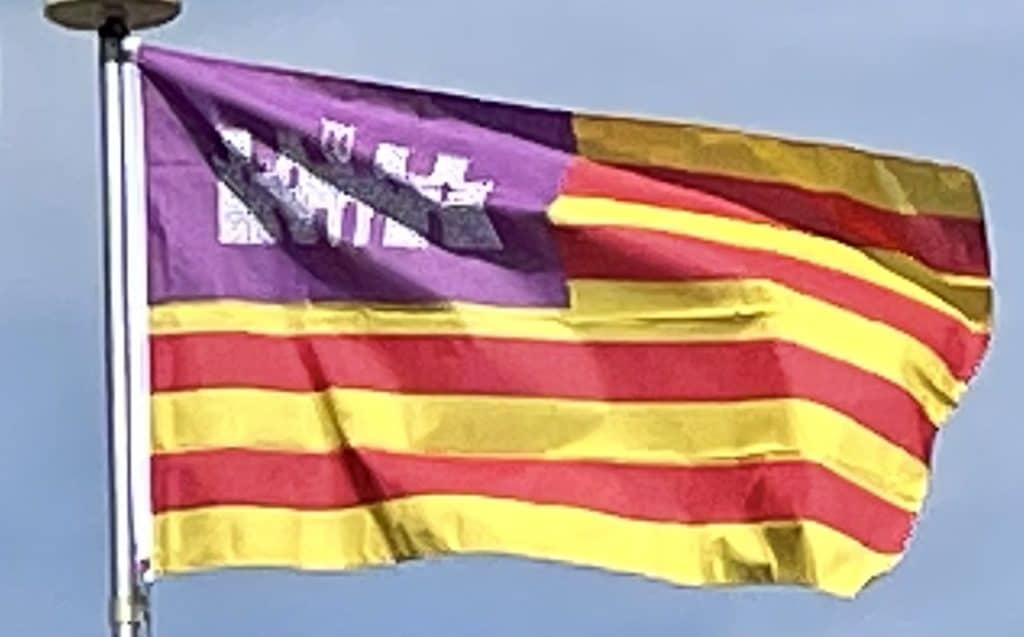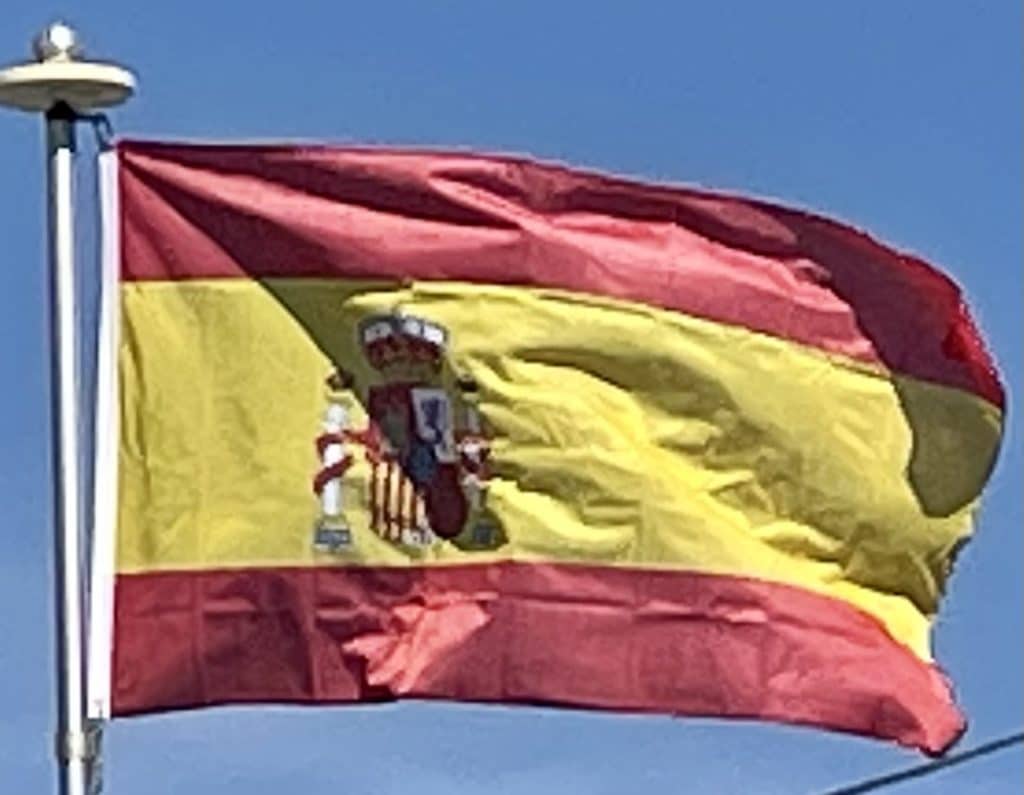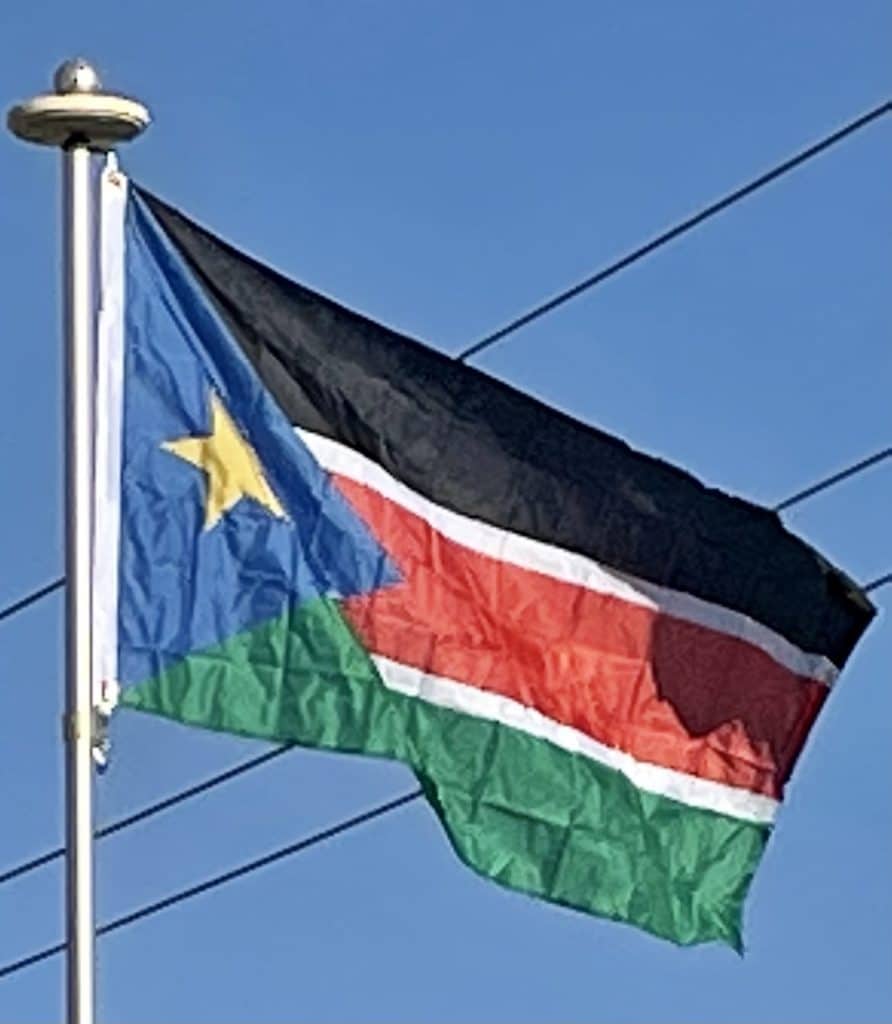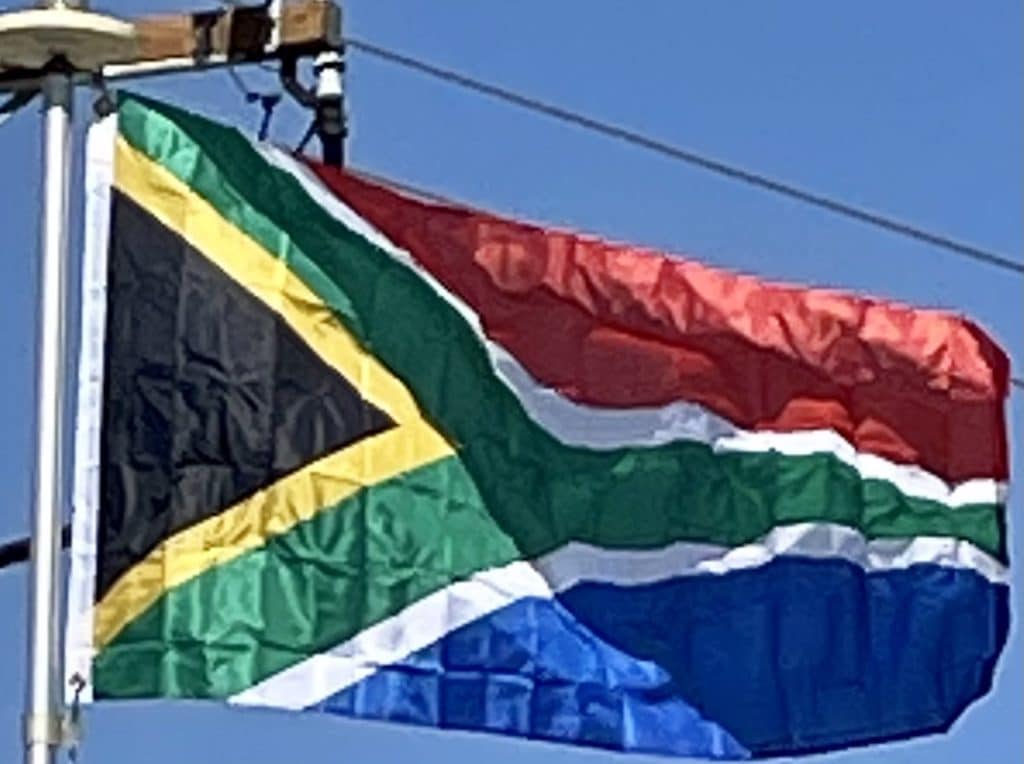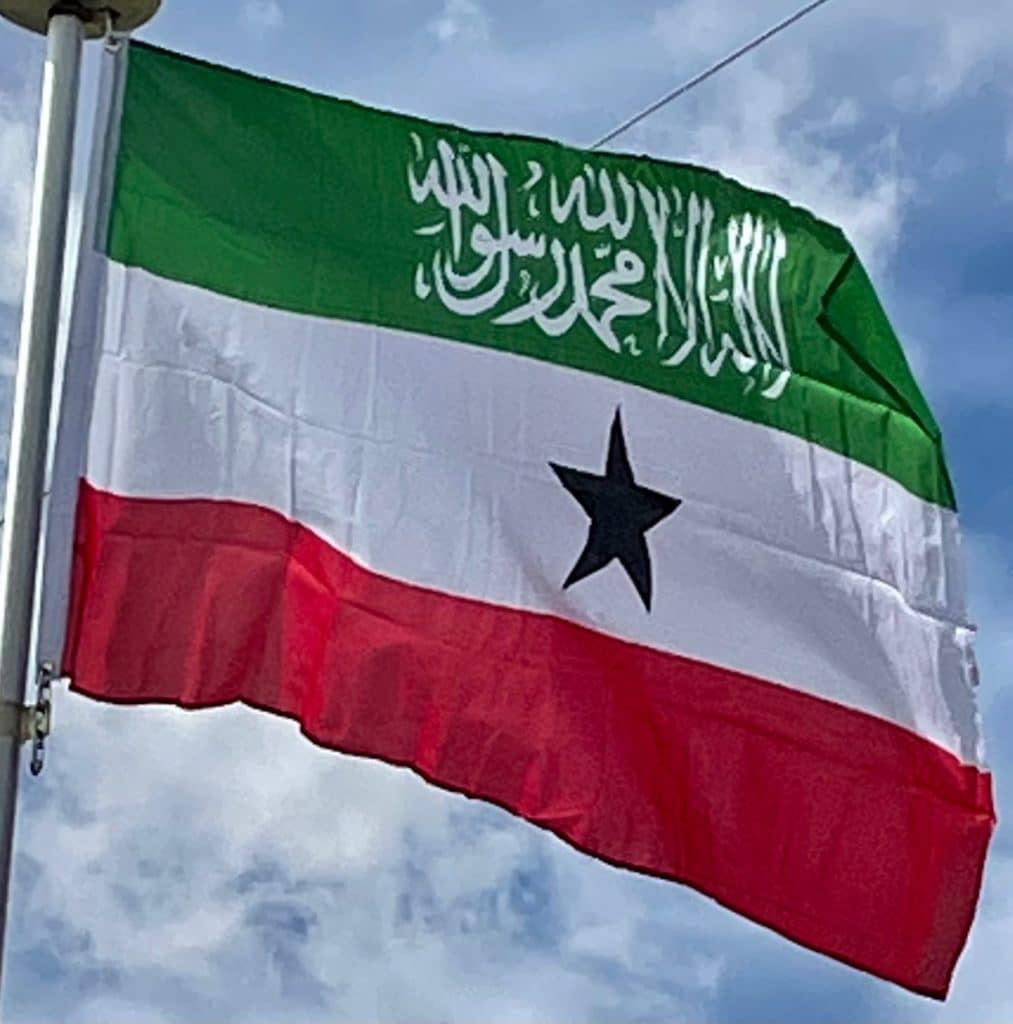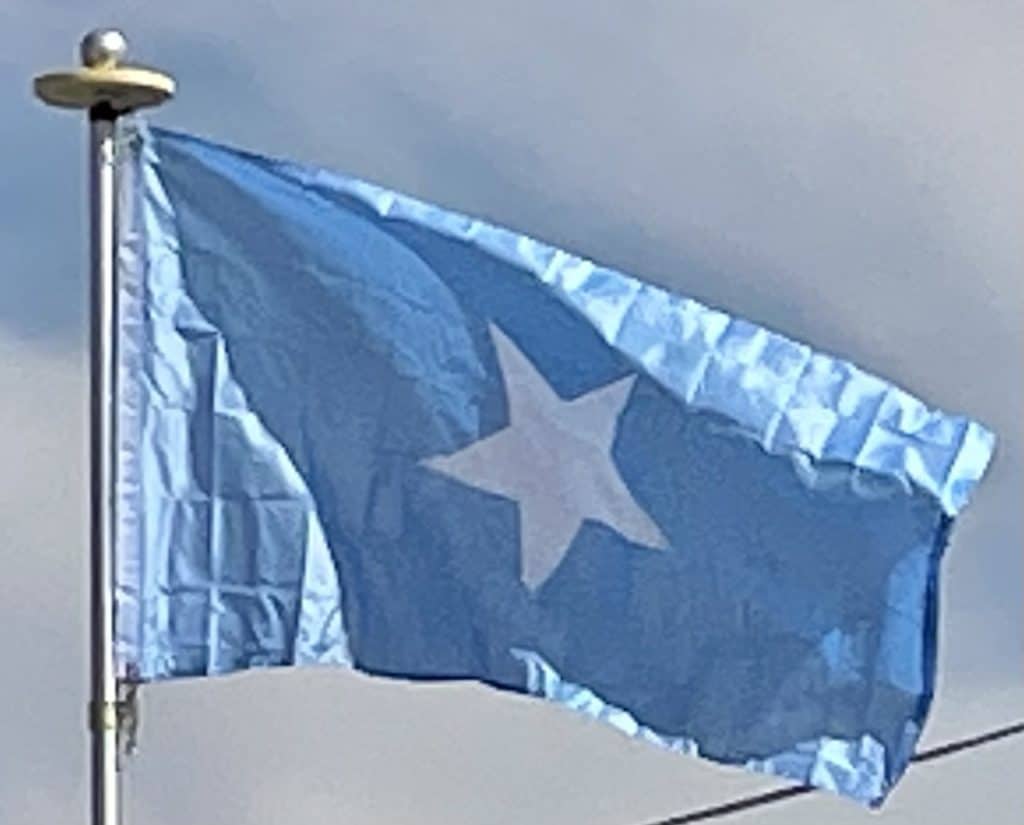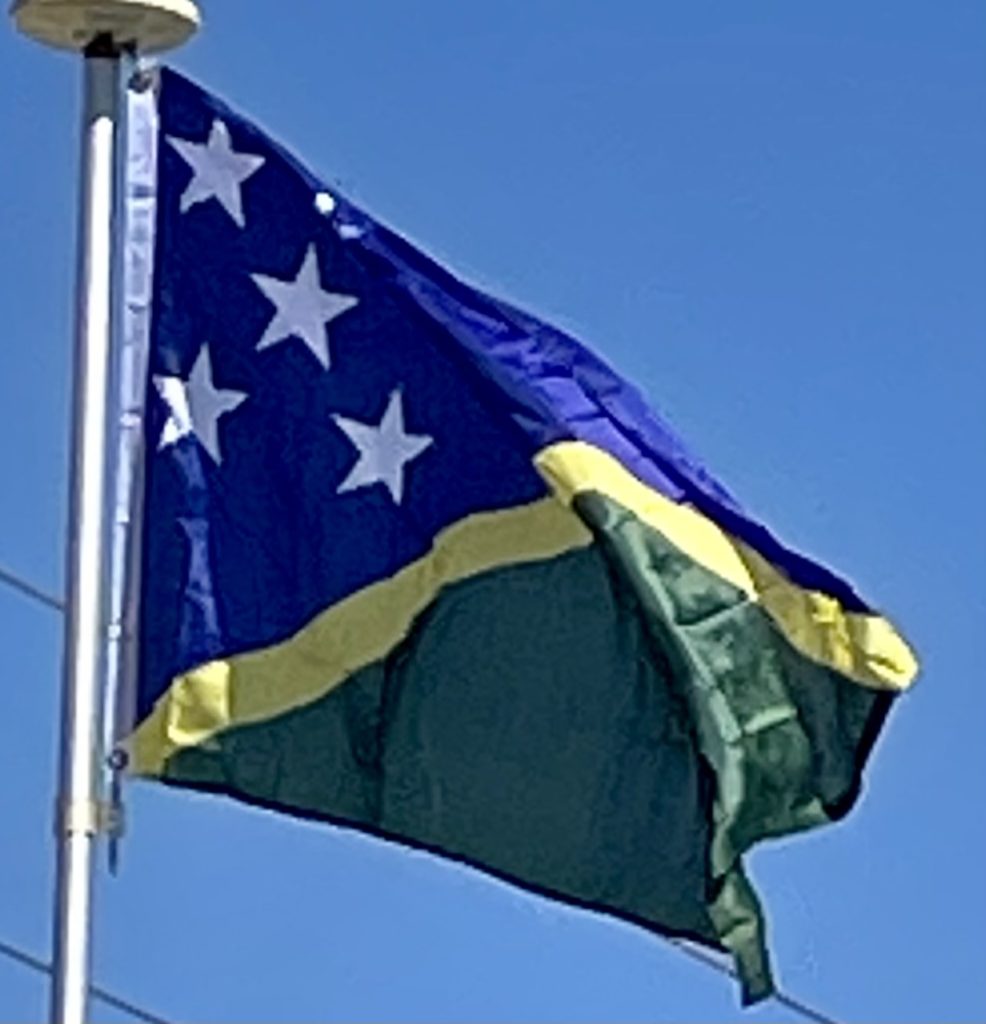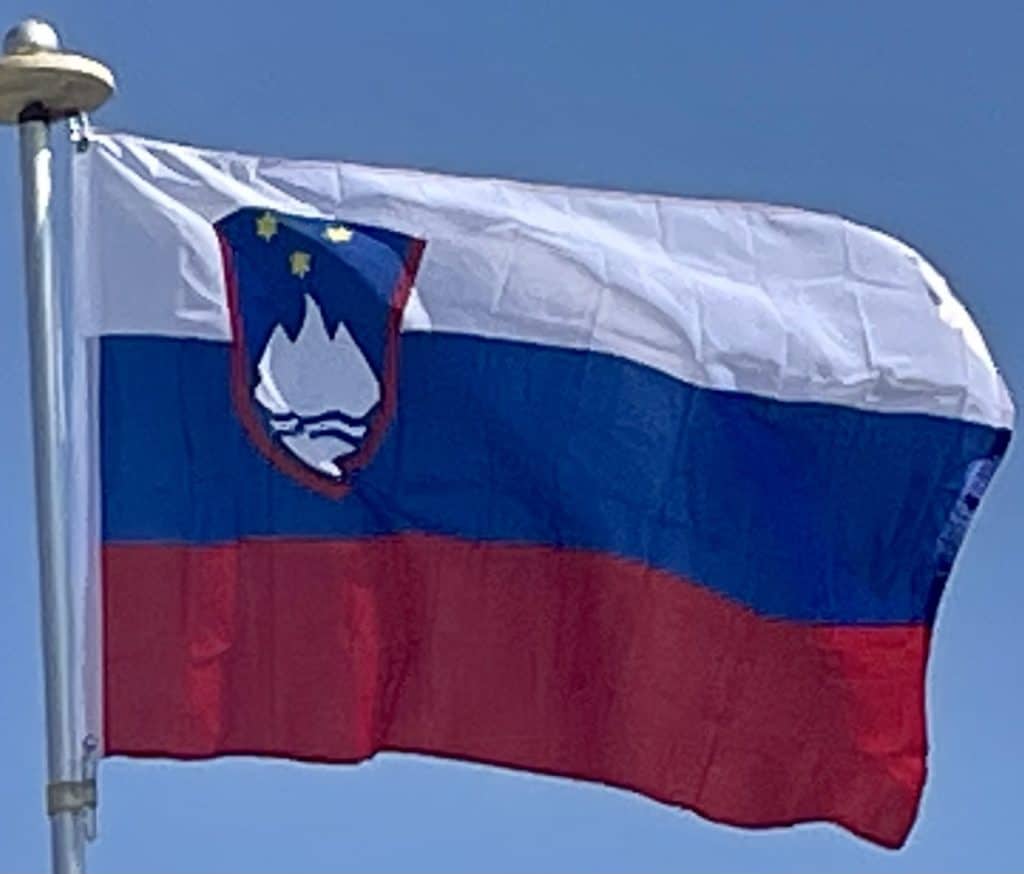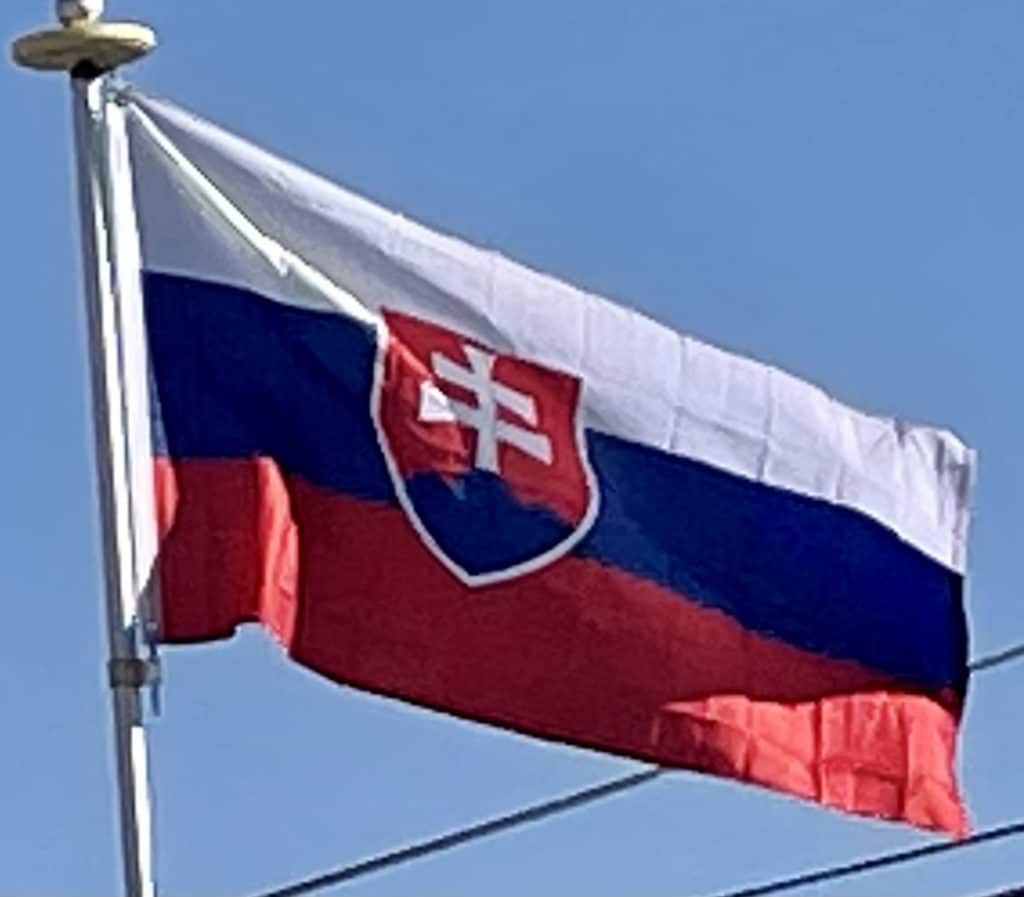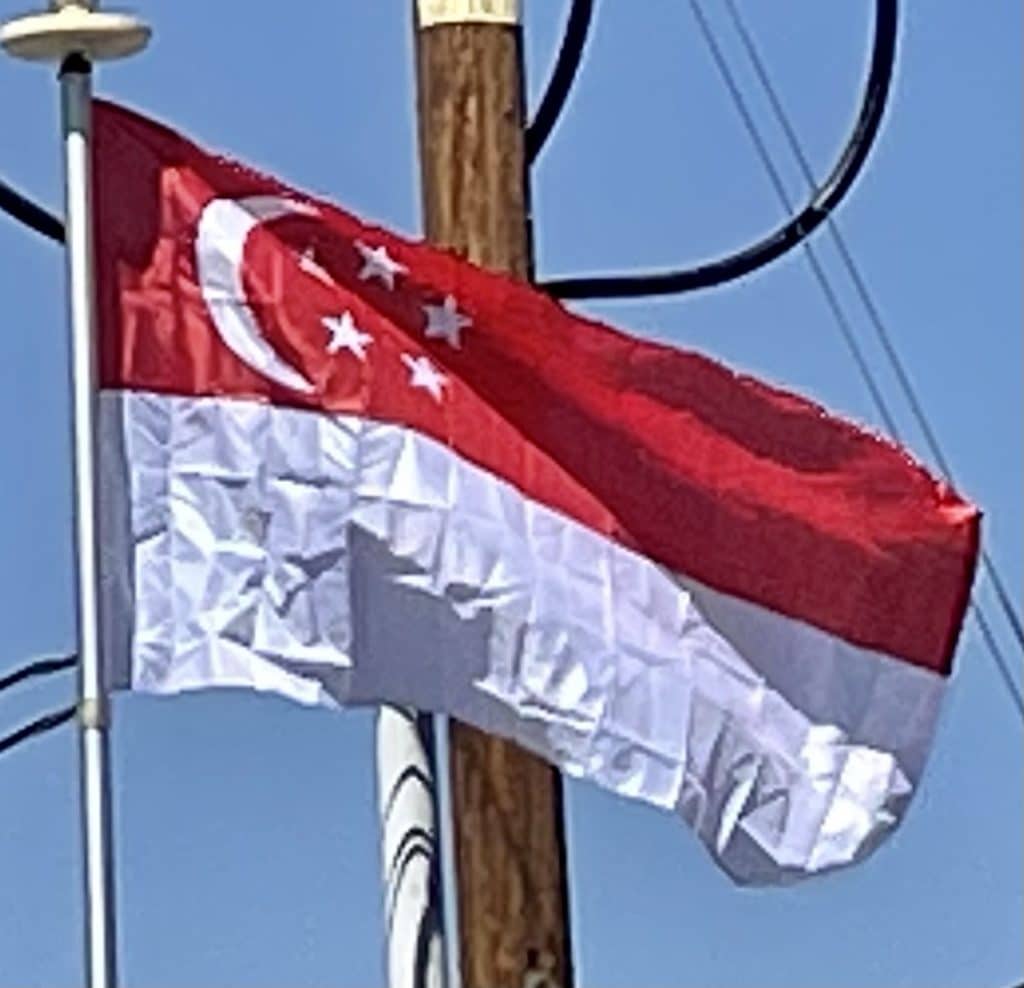The flag of Singapore was adopted in 1959, the year Singapore became self-governing within the British Empire. It remained the national flag upon the state’s independence from Malaysia on 9 August 1965. The design is a horizontal bicolour of red above white, overlaid in the canton (upper-left quadrant) by a white crescent moon facing a pentagon of five small white five-pointed stars. The elements of the flag denote a young nation on the ascendant, universal brotherhood and equality, and national ideals.
The design of the flag was completed in two months by a committee headed by Toh. He initially wanted the flag’s entire background to be red, but the Cabinet decided against this, as red was regarded as a rallying point for communism. According to an account given by Lee Kuan Yew, the Chinese population wanted five stars based off the flag of the People’s Republic of China and the Malay population wanted a crescent moon. Both of these symbols were combined to create the national flag of Singapore.
